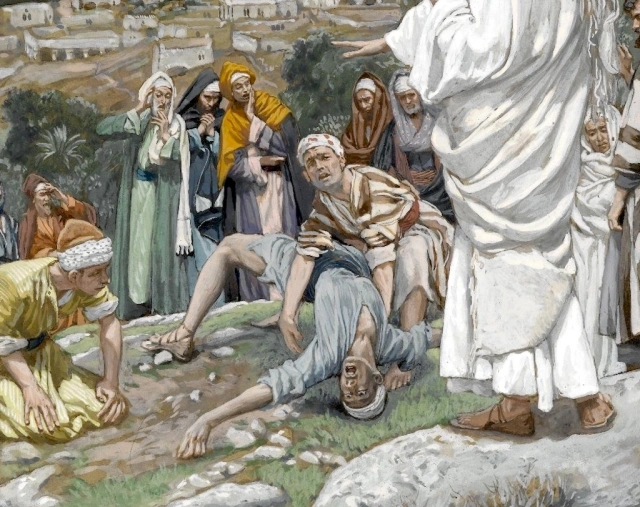There is much evidence that the Bible we have today is remarkably true to the original writings. Of the thousands of copies made by hand before A.D. 1500, more than 5,900 Greek manuscripts from the New Testament alone still exist today. The text of the Bible is better preserved than the writings of Caesar, Plato, or Aristotle.
The discovery of the Dead Sea Scrolls confirmed the astonishing reliability of some of the copies of the Old Testament made over the years. Although some spelling variations exist, no variation affects the basic Bible doctrines.
The Nuzi Tablets (1925–1941)
Found shortly before World War II just to the east of Mari and the Euphrates River, the Nuzi excavations uncovered several thousand cuneiform tablets (dating back to 1500 BC) that confirm many customs of the day that are mentioned in the Bible, including:
- The servant heir custom (i.e., having your eldest servant inherit your wealth if you were childless), a practice mentioned by Abraham in reference to Eliezer in Genesis 15:2.
- The birthright sales custom, mentioned with Esau and Jacob (Genesis 25:31).
- The custom of household idols (Genesis 31:19 tells the account of Rachel having stolen these from her father, Laban).
The Mari Tablets (1933)
Discovered in 1933, the Mari tablets are diplomatic correspondences and governmental records involving King Zimri-Lim (a contemporary of Babylon’s Hammurabi). To date, some 20,000 clay tablets have been found dating back to around 1800 BC. These letters, along with the Nuzi tablets, illustrate the patriarchal customs in great detail. They also mention the city of Nahor, which apparently is named after the Nahor identified in Genesis 11:24, and make reference to the “Habiru” people (most likely an Akkadian reference to the Hebrews—an allusion to them as a nomadic people).
The Ebla Tablets (1964–1970’s)
Discovered in northern Syria, these tablets affirm the antiquity and accuracy of the book of Genesis. Their excavation began in 1964 by two professors from the University of Rome, Drs. Paolo Matthiae and Giovanni Pettinato (an archaeologist and epigrapher, respectively). Since 1974, 17,000 tablets have been unearthed from the Ebla kingdom era and have made valuable contributions to biblical authenticity.
There are other evidences to prove the authenticity of the Bible but we shall not dwell on those now.



